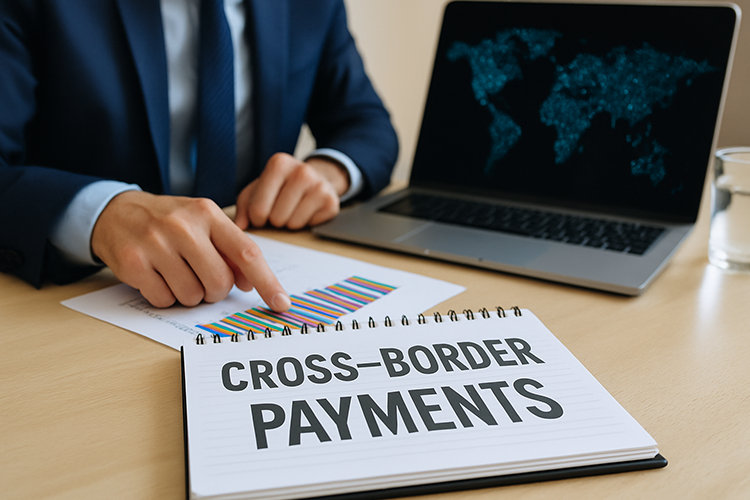2025-10-10
finance

The Financial Stability Board (FSB) has released its 2025 consolidated progress report on the G20 Roadmap for Enhancing Cross-Border Payments, showing only slight improvement in the speed of global transactions and little change in cost levels. Five years into the initiative, the report warns that the 2027 targets for faster, cheaper and more transparent payments are unlikely to be fully met on time. Most of the policy and regulatory groundwork has now been completed, but its translation into measurable user benefits remains limited. “The technical foundations are largely in place,” the FSB notes, “yet implementation and interoperability continue to define the next stage of progress.” Work led jointly by the Committee on Payments and Market Infrastructures (CPMI), the Bank for International Settlements (BIS), and the Financial Action Task Force (FATF) has focused on aligning regulatory and data standards. Key achievements include the global adoption of the ISO 20022 messaging model and revised FATF Recommendation 16, requiring structured sender and beneficiary data for transfers above €1,000 to strengthen anti-money-laundering and counter-terrorism controls. Full implementation is targeted for 2030, with detailed FATF guidance under development through 2026. To coordinate data-sharing frameworks across payments, AML/CFT, sanctions and privacy, the Forum on Cross-Border Payments Data was launched in March 2025, with its inaugural meeting in May. In parallel, the OECD is conducting an in-depth review of transparency in remittance and retail transfer costs, due by Q3 2026. Regionally, Europe and Central Asia continue to record the lowest retail payment costs, while North America maintains the fastest wholesale speeds. Europe–Eurozone posted the largest gain in one-hour wholesale credits, up 4.9 percentage points in 2025. Sub-Saharan Africa remains the global leader for remittance speed but still faces high costs due to limited competition and currency-exchange inefficiencies. The FSB highlights progress in system interlinkages: India, Singapore, and Thailand have expanded real-time cross-border payment corridors, while the BIS has transferred Project Nexus to participating central banks under the newly created Nexus Global Payments framework, scheduled for launch in 2027. In Europe, the Eurosystem’s TARGET Instant Payment Settlement (TIPS) has grown into a multi-currency platform—currently supporting the euro, Swedish krona and Danish krone—with Norway expected to join in 2028. Technological initiatives continue under CPMI coordination, including the harmonisation of pre-validation APIs (such as confirmation-of-payee services) to reduce transaction errors and fraud. Despite these institutional gains, the FSB warns that average cross-border payment costs remain high, especially for small-value remittances, and that improvements in developing regions are uneven. The report attributes the gap to incomplete domestic adoption of global standards, infrastructure constraints, and inconsistent supervision of payment service providers. The FSB’s conclusion is cautiously optimistic: the framework for a faster and more inclusive global payment network exists, but meaningful progress will depend on execution, cross-system trust, and sustained collaboration between public and private sectors. If the next two years succeed in moving beyond policy design to full implementation, the G20’s vision of seamless global payments could still become reality—transforming one of the world’s most fragmented financial systems into a connected, transparent network. Source: CMS

